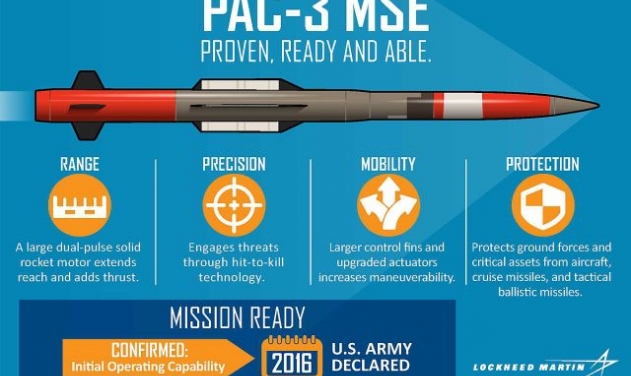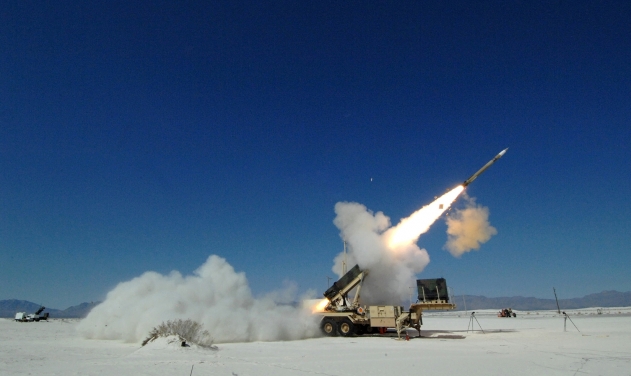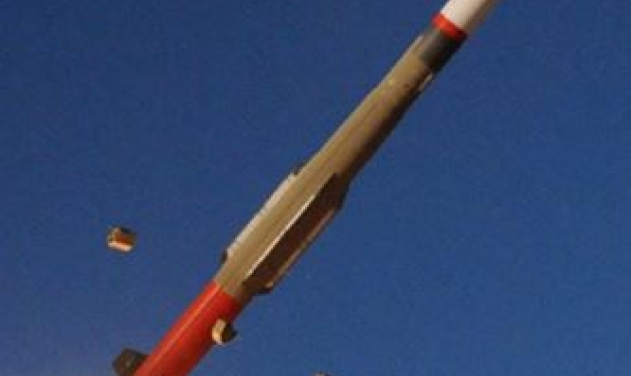PAC-3 Missile Intercepts Ballistic Missile Target Over Marshall Islands

A Lockheed Martin PAC-3 Missile Segment Enhancement (MSE) interceptor successfully intercepted a tactical ballistic missile target on Saturday in the first-ever MSE test from a remote launcher.
As part of a U.S. Army-led missile defense flight test at the Reagan Test Site at the Kwajalein Atoll in the Marshall Islands, the test demonstrated the expanded defended footprint available by deploying the launcher remotely from the Patriot radar. It also confirmed PAC-3 MSE's unique ability to detect, track and intercept an incoming threat.
"PAC-3 continues to be successful against today's evolving threats, and it remains the only combat proven hit-to-kill interceptor in the world," said Scott Arnold, vice president and deputy of Integrated Air and Missile Defense at Lockheed Martin Missiles and Fire Control.
The upgraded PAC-3 MSE expands the lethal battlespace with a dual-pulse solid rocket motor, providing increased performance in altitude and range. PAC-3 MSE is a high-velocity interceptor that defends against incoming threats, including tactical ballistic missiles, cruise missiles and aircraft. The missile uses Hit-to-Kill technology, which defeats threats through kinetic energy via body-to-body contact.
Building on the battle-proven PAC-3 CRI Missile, PAC-3 MSE brings larger control fins and an upgraded support system, in addition to its dual-pulse motor. The enhancements extend the missile's reach and dramatically improve performance against evolving missile threats.













